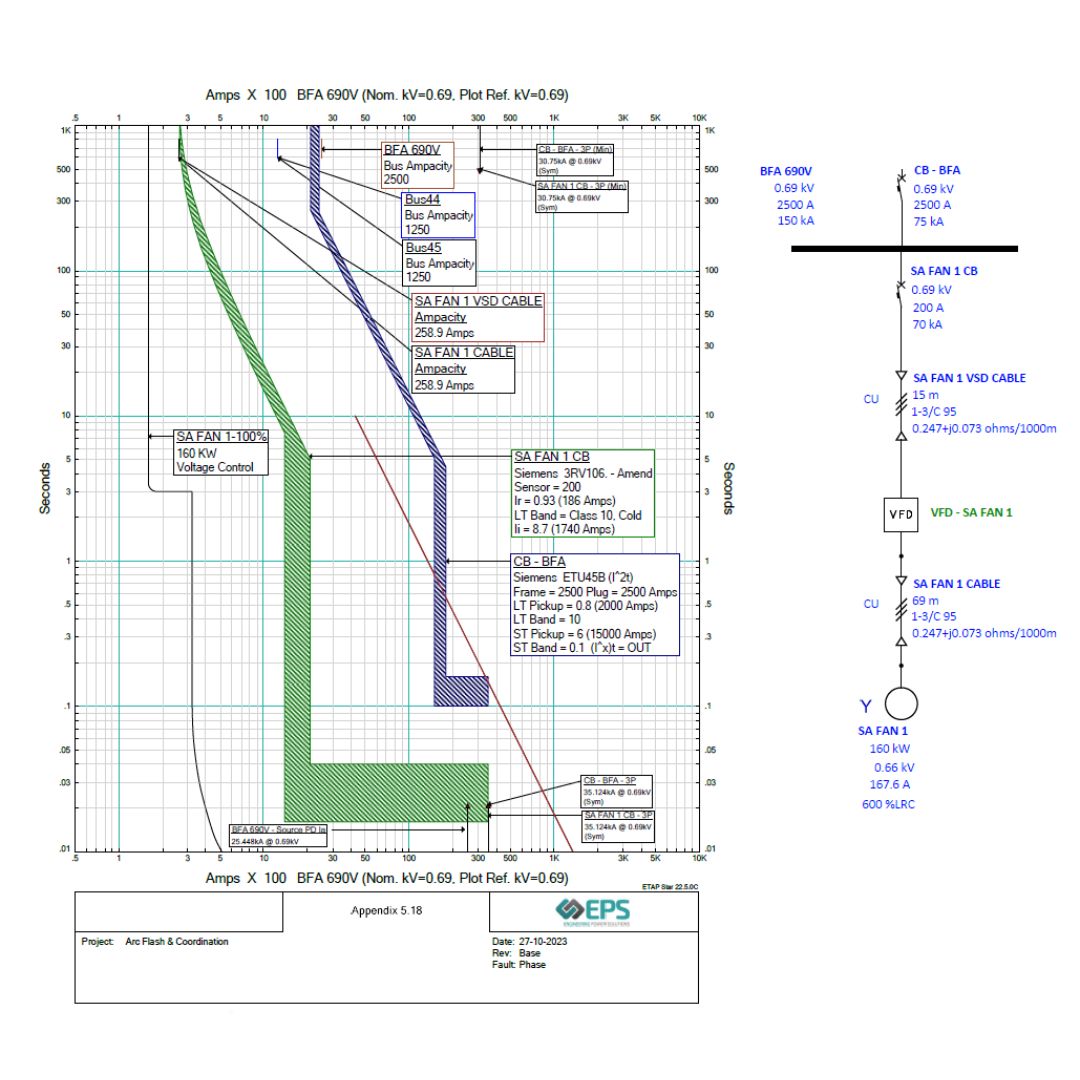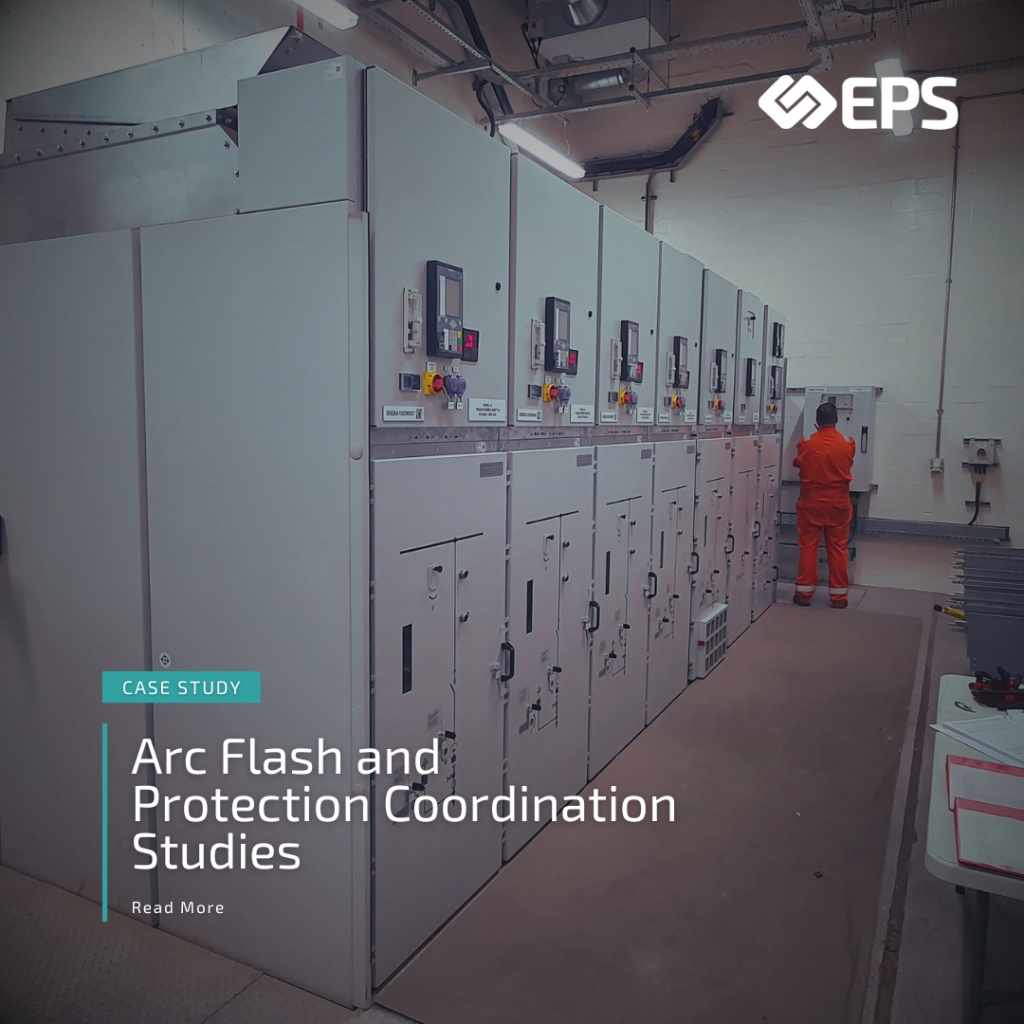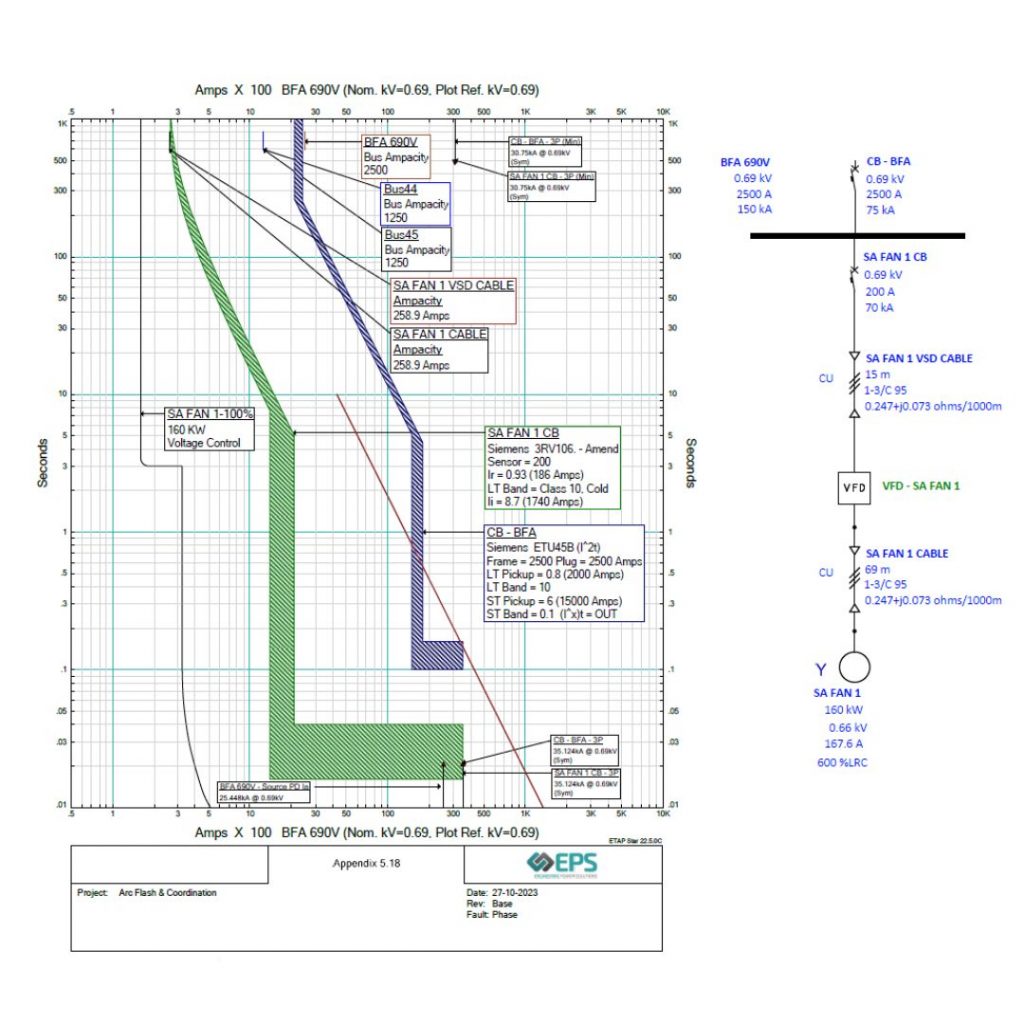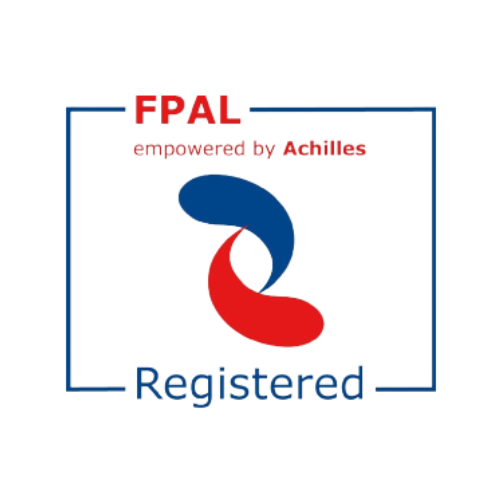- Home
- About Us
- About UsEngineering Power Solutions is a specialist Electrical Engineering Consultancy in the energy sector, offering bespoke, friendly and transparent strategic and technical services. Our clients place their trust in our team throughout every stage of their project, from inception to completion. We specialise in assisting our clients in navigating the intricate process of incorporating low-carbon and renewable energy technologies into their daily operations to reduce operating costs.
- About EPS
- Careers
- About Us
- Services
- ServicesOur portfolio encompasses a diverse range of projects, including those in the renewable energy, manufacturing, petrochemical, and oil and gas industries. We are actively involved in connecting the latest renewable energy projects to the national grid in the UK, and our team combines both traditional and cutting-edge techniques to tackle the unique challenges of the energy sector.
- Power System Studies & Analysis
- Concept Design and Front End Engineering Design (FEED)
- Arc Flash Studies & Assessments
- Grid Code Compliance
- Earthing Modelling & Design
- Earthing Survey Audits
- HV and LV Electrical Engineering & Design
- Lightning Protection Analysis
- Feasibility Studies
- Energy Saving Studies
- Services
- Sectors
- SectorsThe broad range of capabilities Engineering Power Solutions can offer range from conceptual, Front End Engineering Design studies through to detailed design. Our Chartered Engineers understand project requirements from a practical perspective including academic engineering technical documentation, because our engineers have had the experience of both. Working to IEC, ENA and BS standards you can rely on us to provide you with quality technical support.
- BESS (Battery Energy Storage Systems)
- Transmission & Distribution
- Offshore Oil & Gas
- Onshore Renewables
- Offshore Renewables
- Power Generation
- Manufacturing & Process
- Petrochemical & Pharmaceuticals
- Data Centres
- Water & Wastewater
- Sectors
- Case Studies
- News & Insights
- News & InsightsEPS is a leading provider of high-quality technical electrical engineering articles, guides and brochures. Our dedication to delivering accurate and reliable information sets us apart in the industry. Our articles delve deep into complex concepts while remaining accessible and engaging, ensuring that readers of all levels can benefit from our expertise. With our comprehensive guides and brochures, we aim to empower engineers with practical knowledge and solutions, enabling them to excel in their projects and stay up-to-date with the latest advancements in the field.
- Engineering Articles
- Case Studies
- EPS News
- Guides
- Brochures
- News & Insights
- Contact
- ContactFeel free to contact us at either our Teesside or Aberdeen offices, strategically located to to serve customers nationwide. Our normal business hours are Monday to Friday, from 9am to 5pm. You can reach us by phone, email, or alternatively, you can contact us using the form provided.
- Teesside Office
- Aberdeen Office
- Contact
MENU
- Home
- About Us
- About UsEngineering Power Solutions is a specialist Electrical Engineering Consultancy in the energy sector, offering bespoke, friendly and transparent strategic and technical services. Our clients place their trust in our team throughout every stage of their project, from inception to completion. We specialise in assisting our clients in navigating the intricate process of incorporating low-carbon and renewable energy technologies into their daily operations to reduce operating costs.
- About EPS
- Careers
- About Us
- Services
- ServicesOur portfolio encompasses a diverse range of projects, including those in the renewable energy, manufacturing, petrochemical, and oil and gas industries. We are actively involved in connecting the latest renewable energy projects to the national grid in the UK, and our team combines both traditional and cutting-edge techniques to tackle the unique challenges of the energy sector.
- Power System Studies & Analysis
- Concept Design and Front End Engineering Design (FEED)
- Arc Flash Studies & Assessments
- Grid Code Compliance
- Earthing Modelling & Design
- Earthing Survey Audits
- HV and LV Electrical Engineering & Design
- Lightning Protection Analysis
- Feasibility Studies
- Energy Saving Studies
- Services
- Sectors
- SectorsThe broad range of capabilities Engineering Power Solutions can offer range from conceptual, Front End Engineering Design studies through to detailed design. Our Chartered Engineers understand project requirements from a practical perspective including academic engineering technical documentation, because our engineers have had the experience of both. Working to IEC, ENA and BS standards you can rely on us to provide you with quality technical support.
- BESS (Battery Energy Storage Systems)
- Transmission & Distribution
- Offshore Oil & Gas
- Onshore Renewables
- Offshore Renewables
- Power Generation
- Manufacturing & Process
- Petrochemical & Pharmaceuticals
- Data Centres
- Water & Wastewater
- Sectors
- Case Studies
- News & Insights
- News & InsightsEPS is a leading provider of high-quality technical electrical engineering articles, guides and brochures. Our dedication to delivering accurate and reliable information sets us apart in the industry. Our articles delve deep into complex concepts while remaining accessible and engaging, ensuring that readers of all levels can benefit from our expertise. With our comprehensive guides and brochures, we aim to empower engineers with practical knowledge and solutions, enabling them to excel in their projects and stay up-to-date with the latest advancements in the field.
- Engineering Articles
- Case Studies
- EPS News
- Guides
- Brochures
- News & Insights
- Contact
- ContactFeel free to contact us at either our Teesside or Aberdeen offices, strategically located to to serve customers nationwide. Our normal business hours are Monday to Friday, from 9am to 5pm. You can reach us by phone, email, or alternatively, you can contact us using the form provided.
- Teesside Office
- Aberdeen Office
- Contact













